Switch To Biodegradable Cups

EPS Foam from cups and to-go containers is one of the biggest sources of litter pollution in our streams and rivers, and that foam can cause damage for centuries.

Using reusable dishware saves businesses money overtime, they use far less energy over their lifetime, and the chances of them polluting our waters is much lower than disposable counterparts.
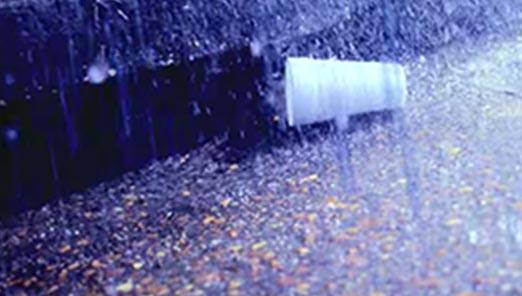
Foam cups can get blown or washed into our storm drains that empty directly into streams and Mobile Bay.
In 2020 as part of the International Coastal Cleanup, volunteers recovered over 754,969 plastic cups and plates the majority of which were made from EPS foam. (Ocean Conservancy, 2021)
When pieces of plastic foam (such as polystyrene) enter our waterways, wind and waves break them into smaller and smaller pieces until they are almost invisible to the naked eye. These microplastics (any plastic piece less than 5mm in size) can be ingested by a variety of marine life including invertebrates (e.g., oysters, mussels) and fish that feed on plankton and other microparticulates. The plastic can cause direct and indirect damage to these organisms leading to losses in important species in the ecosystem. Also, the chemicals from which the plastics are derived can have negative impacts on marine organisms, causing toxicity and disruption to reproduction, which has significant implications for the entire food web (AccessScience, 2014).
Photo by Phyrexian - CC BY-SA 3.0
Polystyrene foam is often found lodged in the intestines of marine animals causing blockages from eating the wrong thing. This often leads to death. (BBC, 2015)
EPS foam fragments recovered from Dauphin Island. Picture by Caitlin Wessel
Over the 35 history of the International Coastal Cleanup, volunteers have removed over 344,521,233 Pounds of litter from beaches and waterways around the world. The top-ten list of items removed includes items like plastics bottles, plastic bottle caps, aluminum cans, cigarette butts, derelict fishing gear and a range of disposable plastic goods and food packaging. (Ocean Conservancy, 2021)
Using reusable dishware saves businesses money overtime, they use far less energy over their lifetime, and the they are not a pollution risk.
ChefLand Stackable Restaurant 16oz Cups from Amazon

The City of Portland, OR, has developed a guide for switching to reusable dishware which uses far less energy and resources over its lifetime – often thousands of uses in a restaurant or home setting – than its disposable counterparts. The guide includes a restaurant case study.

Portland Farmers Market switches to reusable dishware - Article about how The Market coordinated with all the food vendors to rid the market of disposable dishware.

EPS Foam from cups and to-go containers is one of the biggest sources of litter pollution in our streams and rivers, and that foam can cause damage for centuries.

Switching from EPS Foam containers and plastic utensils to reusable trays, cups, plates, and utensils can make a big difference.

Promoting the Create a Clean Water Future campaign with your team is an easy way to help spread the word about simple tips that keep our water clean.
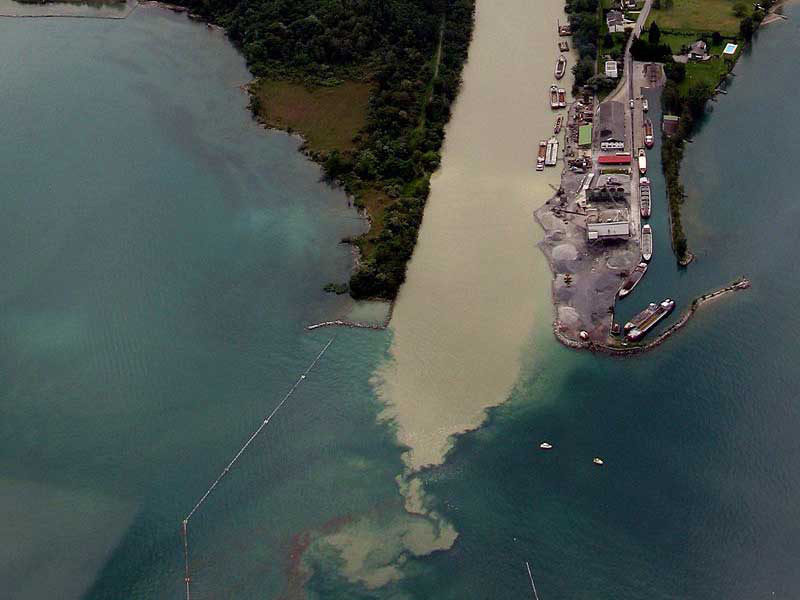
When water rushes off hardened surfaces, erosion of sediments degrade water conditions and smother and disrupt seagrass growth and the habitat for benthic organisms they provide.
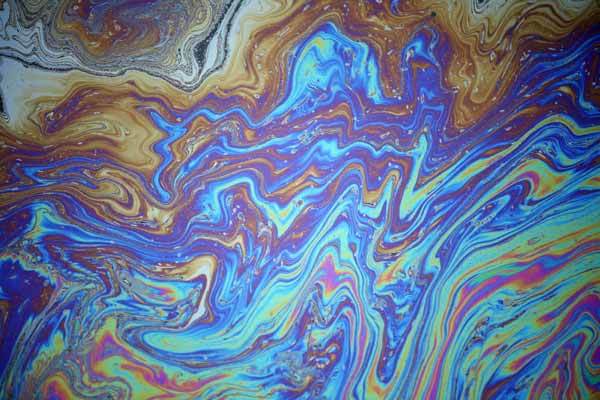
Compounds like oil, grease, and heavy metals take a long time to break down and threaten the health of both aquatic and human life.
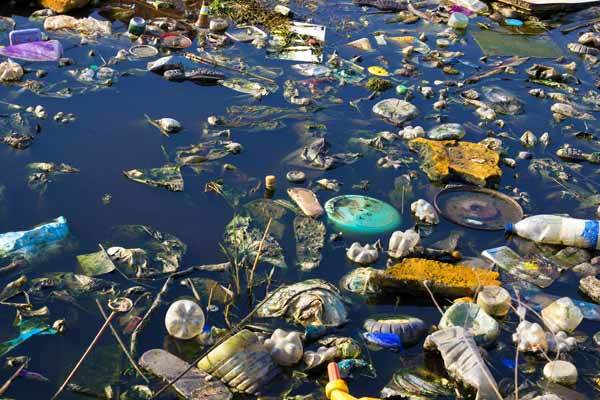
Litter is not only unsightly, but it also causes a variety of problems to the ecosystem as it enters our waters where it is often is mistaken for food by fish and invertebrates.
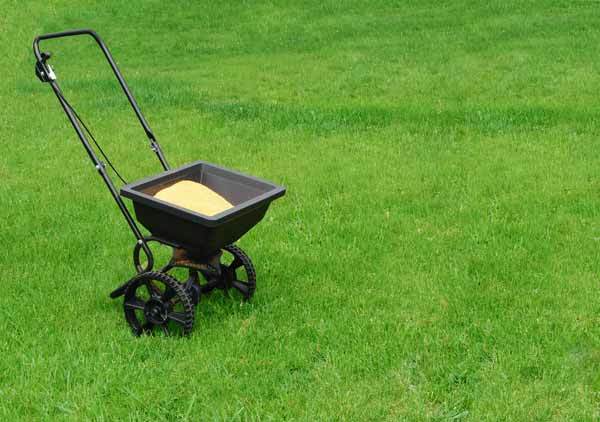
Too much fertilizer, pet waste, and other nutrients in our water often lead to serious problems like lowering dissolved oxygen levels, preventing seagrass growth, and killing fish.
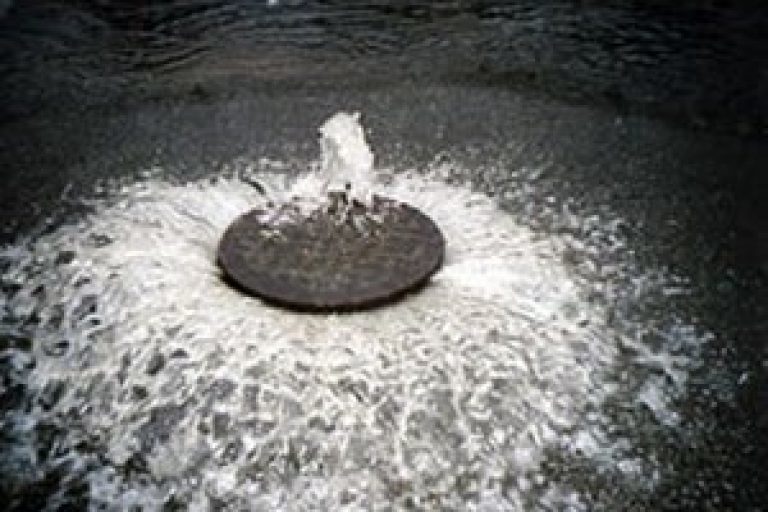
Disease-causing microorganisms, including bacteria, viruses, and other single-celled organisms, are referred to as pathogens, some, like Salmonella, cause human health problems.
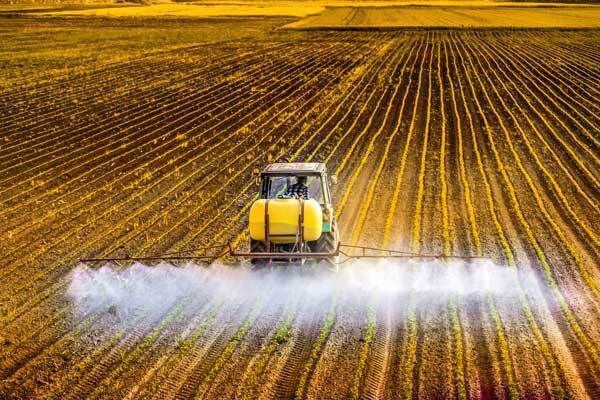
While pesticides are designed to be toxic to certain organisms, they can often be harmful and kill other species in the marine system that are important for the entire ecosystem.